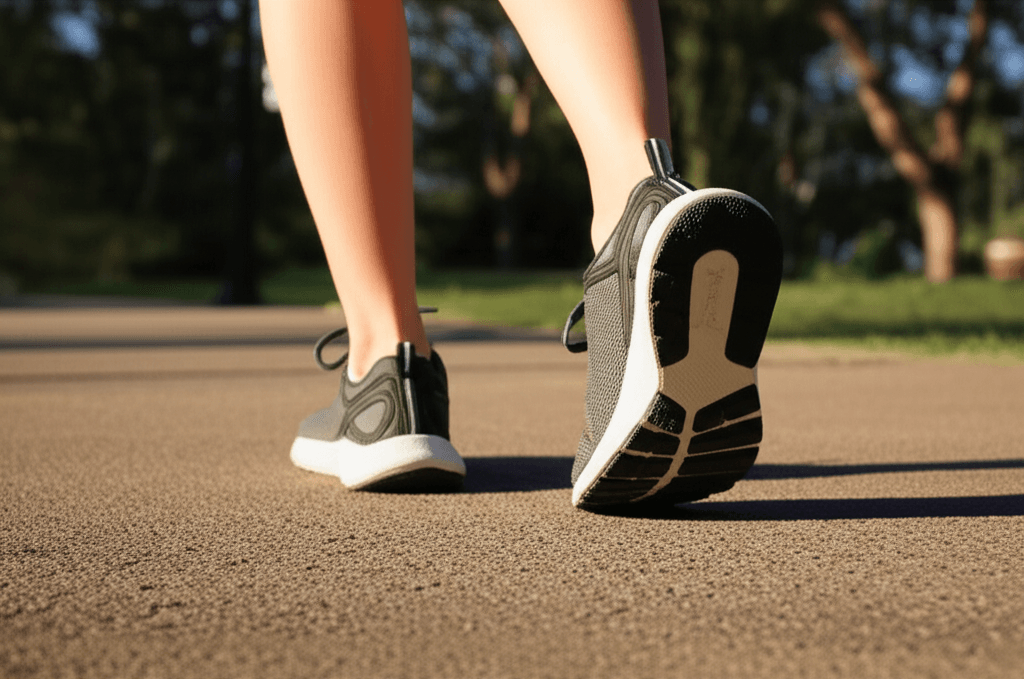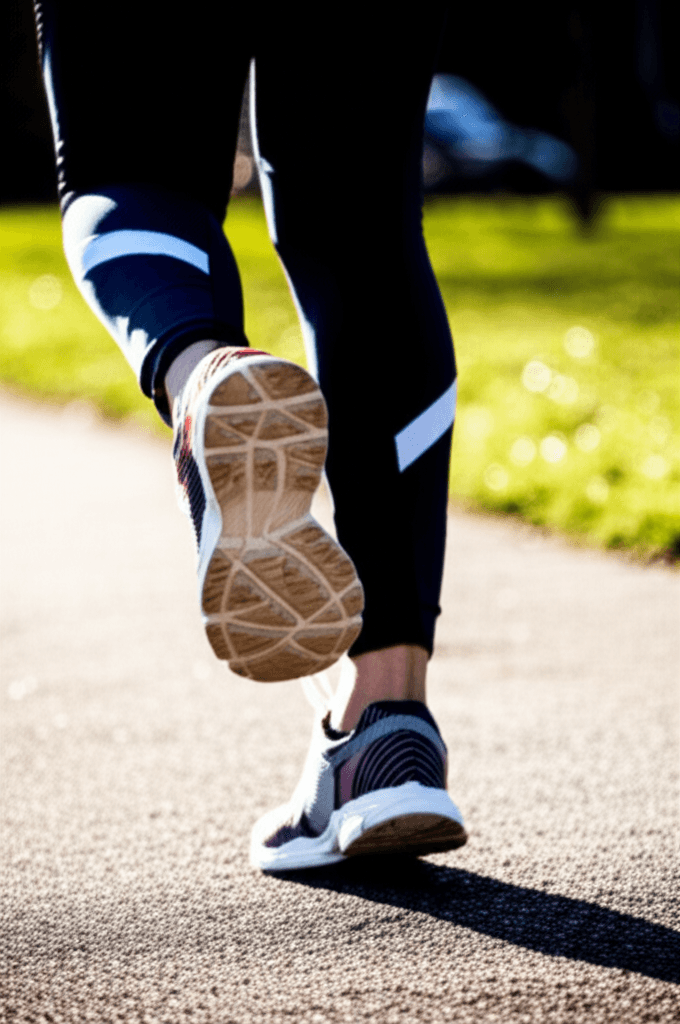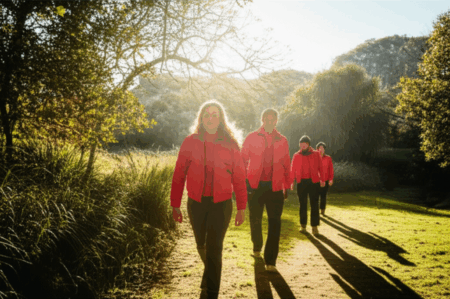The 6-6-6 walking challenge, a rapidly gaining popularity on social media platforms, offers a straightforward yet highly effective approach to boosting physical and mental well-being. This trending fitness routine emphasizes consistency and accessibility, making it an appealing option for individuals seeking to integrate more movement into their daily lives without the need for specialized equipment or gym memberships.

What is the 6-6-6 Walking Challenge?
The 6-6-6 walking challenge is built on a simple numerical structure designed to encourage regular, sustained physical activity. The core components are:
- 60 minutes of brisk walking: The primary element involves a brisk walk lasting 60 minutes. This can be done either at 6 a.m. or 6 p.m., or even both for an added challenge.
- 6-minute warm-up: Before embarking on the 60-minute walk, participants engage in a 6-minute warm-up session. This typically involves light stretching and mobility exercises to prepare the body.
- 6-minute cool-down: Following the brisk walk, a 6-minute cool-down period is recommended. This involves gentle stretching to aid muscle recovery and reduce soreness.
The “brisk” pace during the 60-minute walk is crucial, aiming for a heart rate within “Zone 2” (50-70% of your maximum heart rate). A simple way to gauge this is the “talk test” – you should be able to hold a conversation but sound slightly breathless. An average person walking at 3 to 3.5 miles per hour can typically achieve 6,000 to 7,000 steps within an hour, aligning with research-backed recommendations for daily steps.

Benefits of Embracing the 6-6-6 Challenge
The widespread adoption of the 6-6-6 walking challenge stems from its numerous health advantages, supported by general scientific understanding of walking’s benefits:
Enhancing Physical Health
- Improved Fat Metabolism and Weight Management: Brisk walking encourages the body to burn fat more efficiently. Regular 60-minute walks can significantly contribute to calorie expenditure and weight loss, especially when combined with balanced nutrition.
- Boosted Cardiovascular and Metabolic Health: Consistent aerobic activity, like brisk walking, helps regulate blood sugar, cholesterol, and blood pressure, reducing the risk of chronic diseases such as heart disease, stroke, and diabetes.
- Strengthened Muscles and Bones: As a weight-bearing exercise, walking supports lower body strength and helps prevent bone density loss, contributing to stronger bones.
- Increased Energy and Stamina: Regular walking can lead to improved energy levels and overall stamina.
Supporting Mental Well-being
- Enhanced Mood and Stress Reduction: Walking outdoors, particularly in the morning, exposes you to natural light, which can positively impact your circadian rhythm and alleviate anxiety. Evening walks can help lower cortisol levels, a hormone linked to stress, and promote relaxation after a busy day. Regular walking has been shown to reduce mental health conditions like anxiety and depression.
- Improved Sleep Quality: Consistent exercise routines, especially morning walks, can help set the body’s internal clock, leading to better sleep at night.
- Better Cognition and Memory: Walking for an hour a day can enhance cognitive function, including memory and problem-solving skills, and may lower the risk of dementia.
Building Consistent Habits
One of the key advantages of the 6-6-6 challenge is its ability to help individuals establish a consistent daily walking habit. The structured nature, with specific suggested times (6 a.m. or 6 p.m.), makes it easier to incorporate into a busy schedule. This routine-focused approach fosters long-term, sustainable fitness habits.

Getting Started with the 6-6-6 Challenge
The 6-6-6 challenge is accessible to most individuals, regardless of their current fitness level. To begin, experts recommend:
- Comfortable Footwear: Wear supportive shoes suitable for walking to prevent pain and injury.
- Start Slowly: If new to regular exercise, begin with shorter walking durations and gradually build up to the full 60 minutes. Even 10-15 minutes is a good starting point.
- Proper Posture: Maintain good posture, keeping your back straight and shoulders relaxed.
- Stay Hydrated: Drink plenty of water, especially in warmer weather.
- Consider Timing: While 6 a.m. and 6 p.m. are suggested, the most important aspect is consistency. Choose a time that best fits your daily routine. Walking after meals can aid in digestion and blood sugar regulation.
- Motivational Aids: Enhance your experience by listening to music, podcasts, or audiobooks. Walking with a friend or loved one can also provide accountability and motivation.
The 6-6-6 walking challenge offers a simple yet powerful framework for improving overall health and well-being. By committing to this consistent routine, individuals can reap significant physical and mental benefits, making it a highly recommended approach to fitness.







